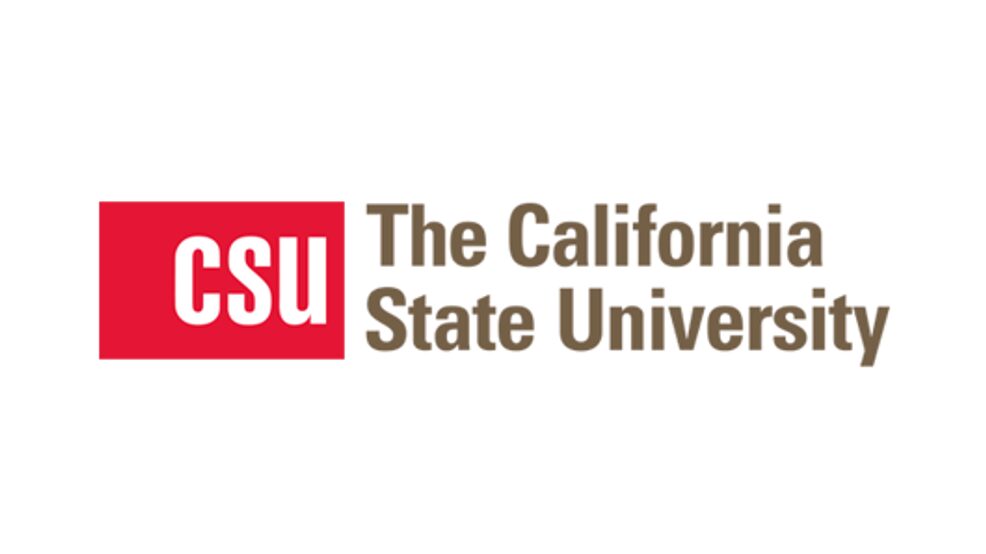When transferring credits from a community college to a university, it can be difficult to know which courses will transfer and which ones won’t. You don’t want to spend time and money taking classes that won’t count towards your degree.
The California Transfer Support Network (CTSN) is here to help. This guide will walk you through transferring your credits from community college to university. It will also help you ensure the courses you are taking will count toward your new degree.
By the end of this post, you will have knowledge of powerful tools and resources to help make your transition to a four-year university as seamless as possible.
How do I know which courses transfer and which count?
The California Community College system is highly integrated with California’s higher education institutes (the UC and CSU).
The partnership between California’s higher education system promotes transfer students through established articulation agreements that solidify which courses transfer and how they will be applied to their degree.
For example, suppose a student takes a course at their local community college that is on the approved list of courses for their desired university. In that case, they can be sure it will count towards their degree once they transfer.
Additionally, suppose a university has an articulation agreement with a community college. In that case, the two institutes have worked to identify courses that will count towards a degree at the university. It is important to note that just because a course transfer does not mean that it will be counted towards the student’s desired degree.
Students must consult with an academic advisor from their chosen university and local community college. By doing this, they can better understand how their courses will transfer and how they can be applied to their degree.
What exactly is course transferability?
To better understand the nature of course transfer and college credit accumulation, it is best to speak about transfer agreements, more commonly referred to as articulation agreements.
This document depicts, in plain black and white, which courses from a sending college (in this case, your community college) will be accepted by the receiving university (your future school).
Transferable courses are those designated for baccalaureate credit by the college or university offering the courses and received as such by the campus to which the applicant seeks admission.
Types of Articulation Agreements
There are three types of articulation agreements in California:
1) General Education-Breadth (GE-Breadth): The GE-Breadth is a statewide agreement that lists all general education courses from every California Community College that will be accepted by every CSU and UC. The “intersegmental general education transfer curriculum” is also called the GE-Breadth” (IGETC).
2) Local: A local articulation agreement is specific to a particular university and community college. In other words, it is an agreement between two schools that says which courses from the community college will be accepted by the university.
3) Major-Specific: A major-specific articulation agreement is very similar to a local articulation agreement in that it is specific to a community college and university relationship. The main difference is that major-specific articulation agreements are, you guessed it, particular to a student’s major.
Now that we have a better understanding of articulation agreements and the types of agreements let’s look at how these courses are assigned credit and what resources are available for California community college transfer students.
ASSIST
Every California community college transfer student must know about the highly effective transfer resource known as Assist.org. This website is the official repository of all articulation agreements and course equivalencies between California Community Colleges and California Universities.

Students can use ASSIST to figure out exactly how their courses will transfer before they even step foot on a university campus. This website is an invaluable tool that every community college student in California should utilize.
The Benefits of using Assist.org:
- Eases the transfer process by providing a comprehensive list of equivalencies between courses at CCCs and universities in California.
- Saves time and money by allowing students to plan their coursework.
- It gives students peace of mind that their courses will transfer as they intend.
Specific Majors
If you already know your major, then ASSIST is even more valuable. You can simply enter the transfer institution and your major into the search function, which will populate a list of required courses for that major.
For example, suppose you want to transfer to UC Berkeley as an English major. In that case, ASSIST will provide you with a list of the required courses for that major and which CCC courses satisfy those requirements. This is an incredible resource for students who want to jump-start their coursework and ensure they take suitable classes.
Transferology

For all my non-California readers, a resource that may be of value to you is Transferology.com. Although some California schools use the service, it is essentially the same as ASSIST.
It is a course tool that community college students can use to see if the courses they took are transferable or replacement courses that will be accepted.
According to the Tranferology website, the company has helped “more than one million students from all 50 states and 177 countries who have searched to see how their courses transfer.”
The process to check if your credits transfer is relatively simple; you just enter your courses to find the equivalent course at other institutions. The matches are ranked in order of probability with a “Likelihood to Transfer” percentage.
Suppose you are not a California resident or are looking to transfer out of state. In that case, I urge you to utilize this resource to ensure that your credits will transfer as you hope.
Will all of my credits transfer?
This depends on several factors.
First, many university systems limit the number of units you can transfer. Each university has different policies on how they handle community college coursework.
According to the CSU system, students are permitted to transfer only 70 semester units or 105 quarter units to a CSU campus from an institution that does not offer a bachelor’s degree program or certificate equivalent. No more than 90 semester or 135 quarter units can be transferred to any CSU campus.

The same rules apply to students submitting coursework from other universities.
Suppose you have credit earned via AP or Dual Enrollment. In that case, the college credit does not apply to the maximum transfer credit eligible for consideration.
Second, learn their grade requirements, and find out if they have expiration dates on credits.
Identify how to determine if the content of your earned courses equals classes at the new school. This requires “busy work” to download the College Course Catalog at both institutions and find the course that could reasonably be considered equivalent to one another.
Third, if you have been out of high school for more than 5 years or have earned a bachelor’s degree, the university may not accept any of your CCC coursework.
The best way to determine how your credits will transfer is to consult with an academic advisor at your community college and intended transfer institution. They will be able to guide you through the process and answer any specific questions.
Can I transfer credit from one university to another?
Suppose you enroll in a school and would like to transfer after your first semester. Perhaps you moved to a new city, or the school was not the best fit for you.
Regardless of your reasons, it is essential to know that university-to-university transfers can be tricky, and sometimes credits do not transfer as intended.

Transferring from a university is similar to that of a community college. You will want to utilize the course equivalency tool for your specific university system, and you will also want to consult with an academic advisor.
However, there are vital differences when transferring from one university to another.
First, unlike community colleges, universities offer graduate degree programs, which brings a whole series of complications regarding transferring graduate-level courses.
Considering you have already started fulfilling the degree, the courses you took may not be transferable at the new institution you want to attend.
Of course, we strongly encourage you to reach out to the institution’s admission and articulation office to gauge the credit you can receive while transferring graduate programs.
Second, college credit is awarded based on the integration between concepts, theories, or curricula of both courses. The one offered at your current school and the school you are interested in transferring to.

Suppose you are looking to transfer to an institution outside the state or not in the same higher education system.
In that case, you will be required to interact with the registrar’s office at the institution you want to attend.
Lastly, transferable credit is only awarded to institutions accredited by a standardized body and subjected to the same rules and regulations as the transfer university.
Suppose you come from an institution or college that is not accredited. In that case, it is improbable that any courses you take will be considered transferable.
Ensuring the school you are attending is accredited is fundamentally important. It dictates your opportunities to transfer later on and whether or not the courses you are taking are worth the price.
Final Thoughts
When transferring from a community college to a university, it is essential to know that not all credits will transfer.
This depends on several factors, including the number of units the new school will accept, the required grades, and whether or not the credits have an expiration date.
When transferring credit from one university to another, it is essential to know that graduate courses may not transfer, and credits are only awarded to institutions accredited by a standardized body.
Lastly, remember that all credits are subjected to the same rules and regulations as the university. When in doubt, it is essential to consult with an academic advisor at the community college and the university to determine which courses are equivalent.
Let us Help You
You’ve worked hard to earn your community college credits; now, you need help transferring them to a university.
It can be challenging to know which courses will transfer and which ones won’t. You don’t want to spend time and money taking classes that won’t count towards your degree.
The California Transfer Support Network (CTSN) is here to help. We can guide you through the process of transferring your credits and make sure they count towards your new degree. Contact us today for more information!
If you support our mission, consider making a tax-deductible donation so we can continue to provide support services to California community college transfer students.





